Introduction
In recent years, Egypt’s frozen strawberry industry has experienced a remarkable surge in demand within the Chinese market, signaling promising prospects for the country’s fresh fruit exports.
According to Fruits Auction BV, this flourishing presence of Egyptian frozen strawberries in China underscores the growing appetite. Among Chinese consumers for high-quality fruit products. Amidst this trend, there lies a significant opportunity for Egypt to further expand its export footprint. By capitalizing on the success of its frozen strawberry exports and venturing into fresh fruit exports.
The rise of Egypt’s frozen strawberry exports to China can be attributed to several factors. Firstly, Egypt boasts favorable climatic conditions and advanced agricultural practices, ensuring the production of premium-quality strawberries.
Additionally, strategic trade agreements and logistical infrastructure improvements have facilitated efficient distribution channels, enabling Egyptian producers to penetrate the Chinese market effectively.
Expanding into fresh fruit exports presents a promising avenue for Egypt to diversify its agricultural export portfolio and capitalize on evolving consumer preferences. By leveraging its expertise in strawberry cultivation and existing trade relationships with China, Egypt can position itself as a reliable supplier of fresh fruits, catering to the discerning tastes of Chinese consumers.
In this article, we will dive deeper into the factors driving Egypt’s frozen strawberry success in China and assess the potential for fresh export expansion, unveiling new horizons for Egyptian fruit exports.
Egypt’s Frozen Strawberry
Egypt’s dominance in China’s frozen strawberry import market stems from its strategic agricultural landscape and trade partnerships. Over the past seven years, Egypt has consistently emerged as China’s top supplier of frozen strawberries, showcasing a remarkable tenfold increase in exports between 2018 and 2022.
This growth trajectory continued in 2023, with Egypt surpassing its previous export records by shipping approximately 35,000 tons of frozen strawberries to China within the first eleven months alone, marking a 9% increase from the preceding year.
Egypt’s success in supplying frozen strawberries to China can be attributed to various factors. The country benefits from favorable climatic conditions conducive to strawberry cultivation, coupled with advanced agricultural techniques and infrastructure.
Additionally, Egypt’s proactive approach to trade agreements and logistical enhancements has facilitated smooth and efficient export processes, further solidifying its position as a key player in China’s frozen fruit market.
Furthermore, Egypt’s geographical proximity to key markets like Hong Kong provides strategic advantages for exporting fresh strawberries to regions where demand exists, despite China’s limited imports of fresh berries.
While the processing, logistics, and marketing involved in exporting frozen and fresh strawberries differ, Egypt’s capability to meet varying market demands underscores its versatility and potential for further expansion in both sectors.
Egypt’s Frozen Strawberry Expanding to Chinese Market
Egypt’s frozen strawberry industry is experiencing a robust expansion in the Chinese market, marking a significant milestone in the country’s agricultural export endeavors. Over the past years, Egypt has solidified its position as a leading provider of frozen strawberries to China, showcasing remarkable growth in both volume and market share.
This upward trajectory is evident in the consistent increase in Egypt’s frozen strawberry exports to China, which have surged tenfold between 2018 and 2022. The trend continued in 2023, with Egypt’s exports exceeding previous records by a considerable margin.
The success of Egypt’s frozen strawberry exports to China can be attributed to various factors. Firstly, Egypt benefits from favorable climatic conditions and advanced agricultural practices, ensuring the production of high-quality strawberries year-round.
Additionally, strategic trade agreements and logistical improvements have facilitated seamless export processes, enabling Egyptian producers to meet the growing demand in the Chinese market effectively.
As Egypt’s frozen strawberries carve out a larger share of the Chinese market, they are not only meeting consumer demand but also contributing to the country’s overall export revenue.
This expansion underscores the potential for further growth and diversification in Egypt’s agricultural sector, reaffirming its position as a reliable supplier of frozen strawberries to China and beyond.
Conclusion
In conclusion, Egypt’s flourishing presence in the Chinese market for frozen strawberries underscores the country’s significant strides in agricultural exports and economic growth. The remarkable expansion of Egypt’s frozen strawberry industry. Marked by a tenfold increase in exports to China between 2018 and 2022. This highlights the nation’s prowess in meeting the evolving demands of international consumers.
This success story is further exemplified by Egypt’s consistent position as China’s primary provider of frozen strawberries for the 7th year, with exports continuing to soar even in 2023.
The key factors driving Egypt’s success in the Chinese market include favorable climatic conditions. Advanced agricultural practices, and strategic trade partnerships. Leveraging these strengths, Egypt has effectively capitalized on the growing demand for high-quality frozen strawberries in China. Demonstrating its ability to adapt and thrive in competitive global markets.
Looking ahead, Egypt’s frozen strawberry industry presents promising opportunities for continued growth and diversification.
By further expanding its export footprint and exploring avenues for fresh fruit exports. Egypt can unlock new horizons for its agricultural sector and strengthen its position as a key player in the global fruit trade.
Overall, Egypt’s frozen strawberry triumph in China exemplifies the country’s resilience, innovation, and potential to emerge as a leading agricultural exporter on the world stage.

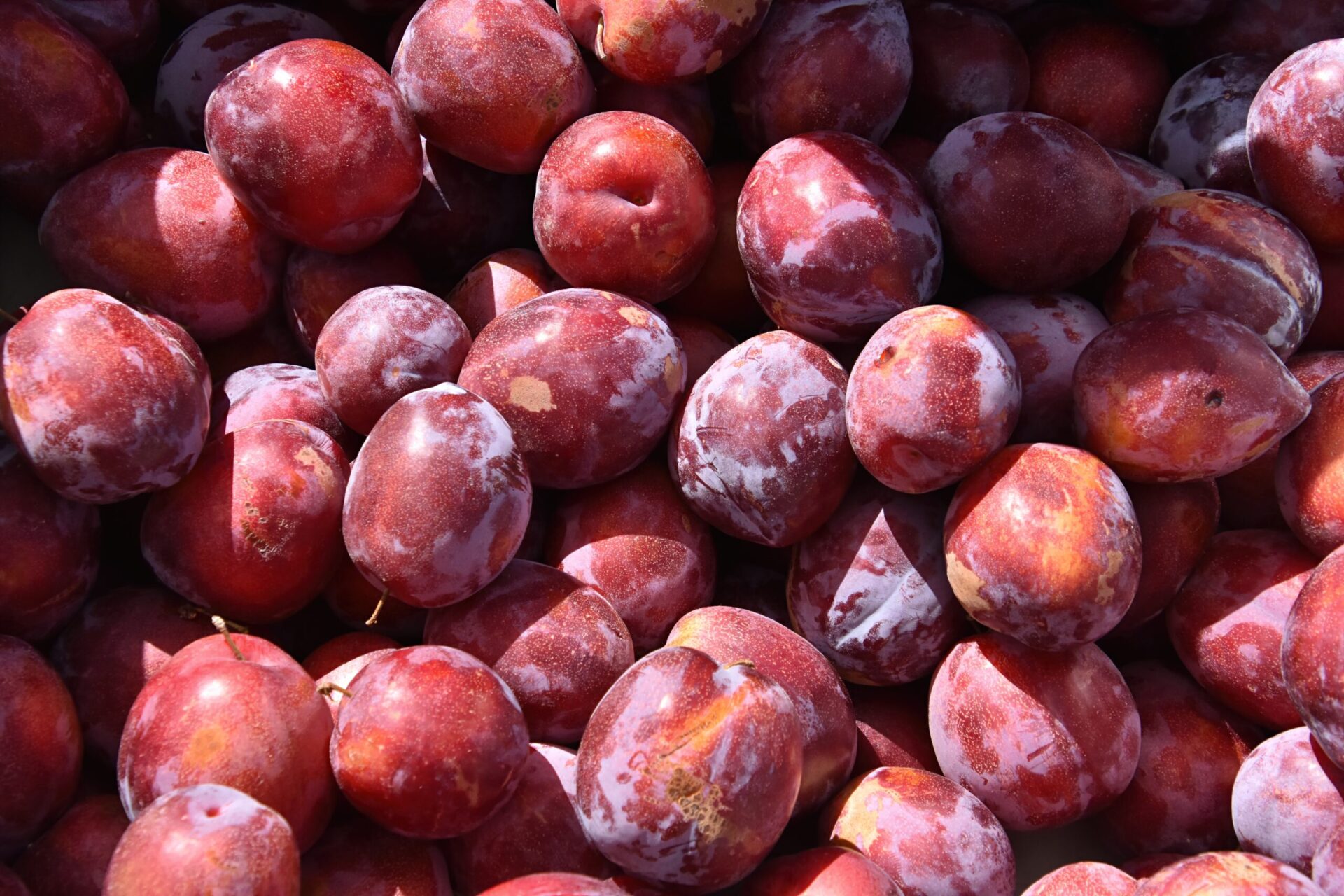

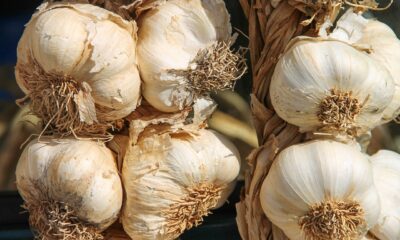

 Environmental Sustainability1 year ago
Environmental Sustainability1 year ago
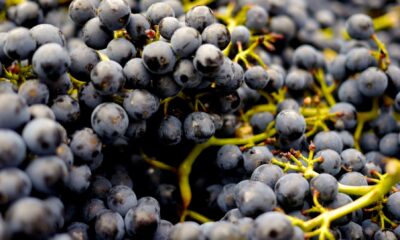

 Agriculture, Transportation & Logistics7 months ago
Agriculture, Transportation & Logistics7 months ago


 Agriculture, Transportation & Logistics1 year ago
Agriculture, Transportation & Logistics1 year ago
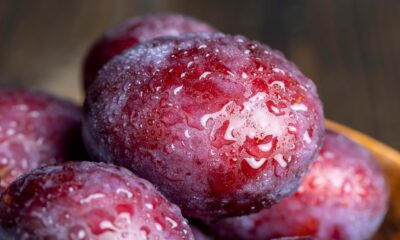

 Food Safety & Quality Control7 months ago
Food Safety & Quality Control7 months ago
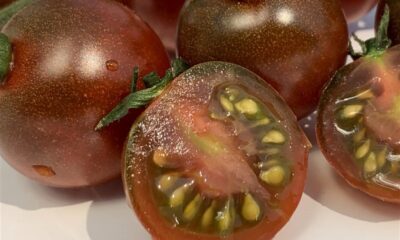

 Food Safety & Quality Control1 year ago
Food Safety & Quality Control1 year ago


 Food Safety & Quality Control1 year ago
Food Safety & Quality Control1 year ago


 Agriculture, Transportation & Logistics12 months ago
Agriculture, Transportation & Logistics12 months ago


 International Trade & Commerce1 year ago
International Trade & Commerce1 year ago




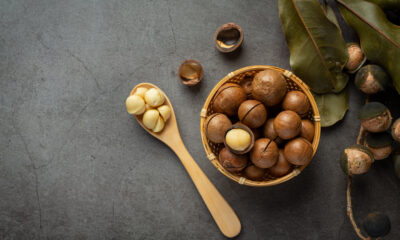

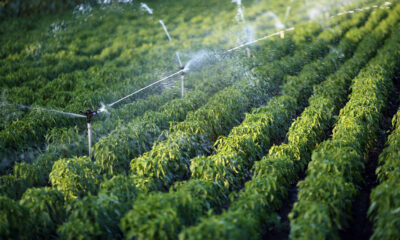



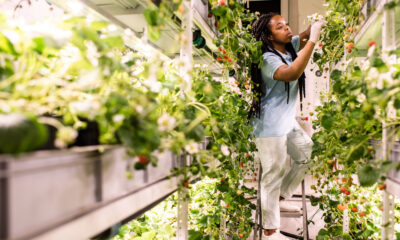


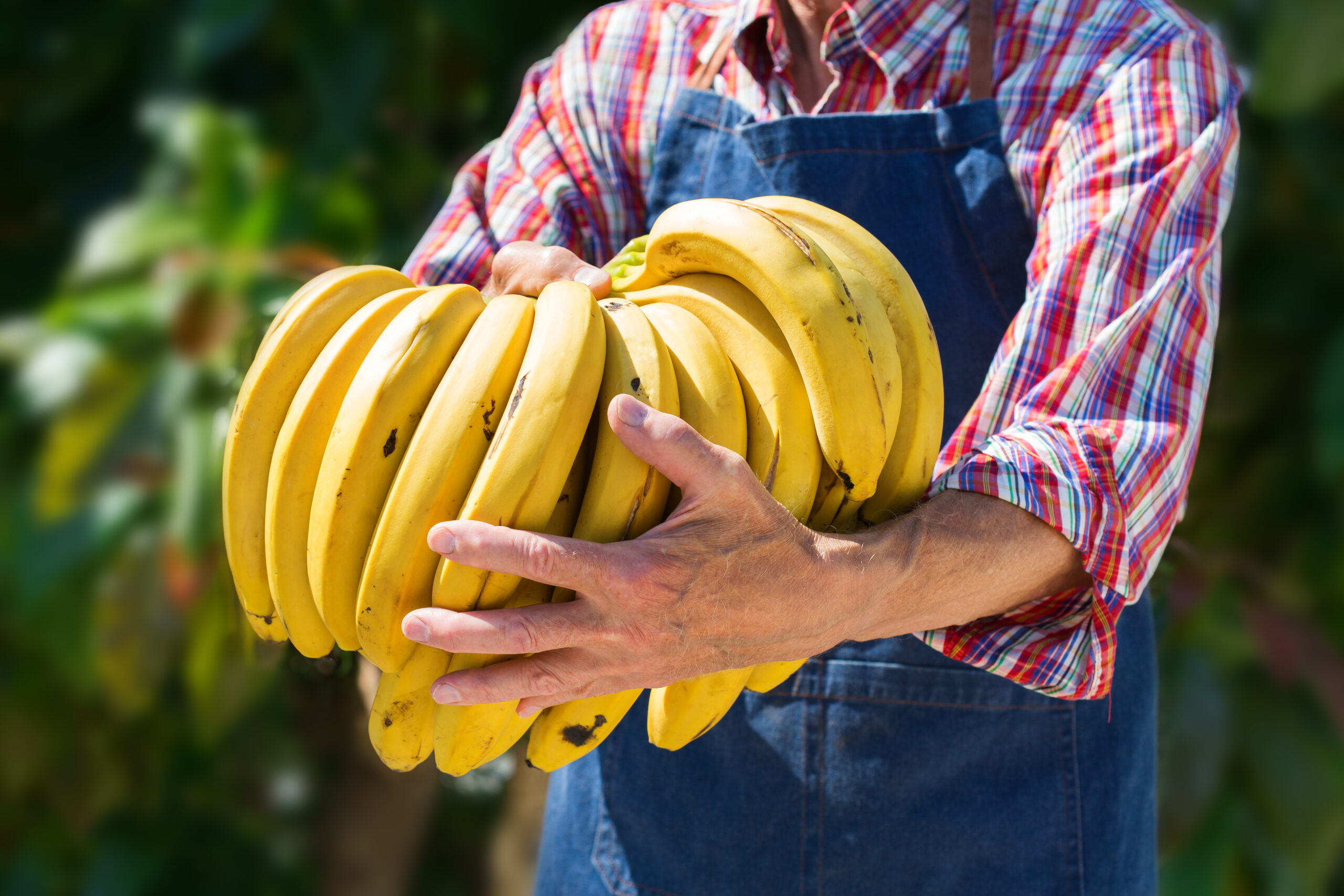
M tài khon binance
March 27, 2024 at 3:28 pm
Your article helped me a lot, is there any more related content? Thanks!